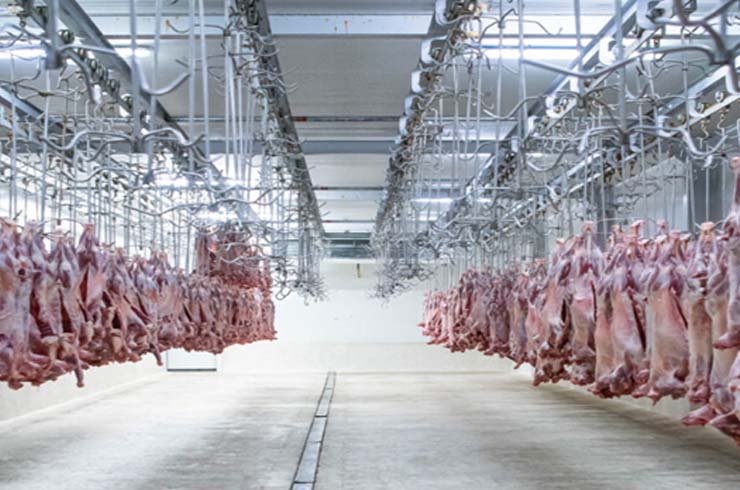Modern Market & Multi Storey
Revitalizing the Meat Industry in Mombasa
An abattoir produces hygienic meat through humane handling, but annual consumption is estimated at 14,280,000 metric tons. The Kenya Meat Commission (KMC) facility is underutilized, with over 4,000 livestock kept in residential areas, compromising animal health, welfare, and public health standards. Illegal slaughter and uninspected meat supply are prevalent.
Mombasa County is identified as a value additional center for agricultural produce, including meat processing and hides and skin.

Project Benefits
- Wealth & Employment Creation.
- 5,500 tons of Meat valued at Kshs. 1.65 billion produced per year.
- 800 Tons of Hides and 250 Tons of Goat and Sheep skin valued at Kes 16 Million produced.
- 2 Tons Meat and Bone meal produced for Animal feed. 38 Workers in employment in the slaughter facility daily.
- 200 people self -employed by using Meat and by- products daily in business
- Guaranteed safety of meat in which meat inspection represents an essential tool to control animal diseases and guarantee the public health
Project Output
- If utilized effectively, the abattoir will play vital roles in disease surveillance, and inspection of animals and meat, and could protect man from most zoonotic infections which potentially might occur following the consumption of unhygienic, unsafe, and unwholesome animal flesh.
- Livestock products contribute 17 and 33% to the total kilocalorie and protein consumption; therefore, with the construction of an abattoir, demand for meat products will more likely continue to grow rapidly
Project Duration: Medium/Long term
